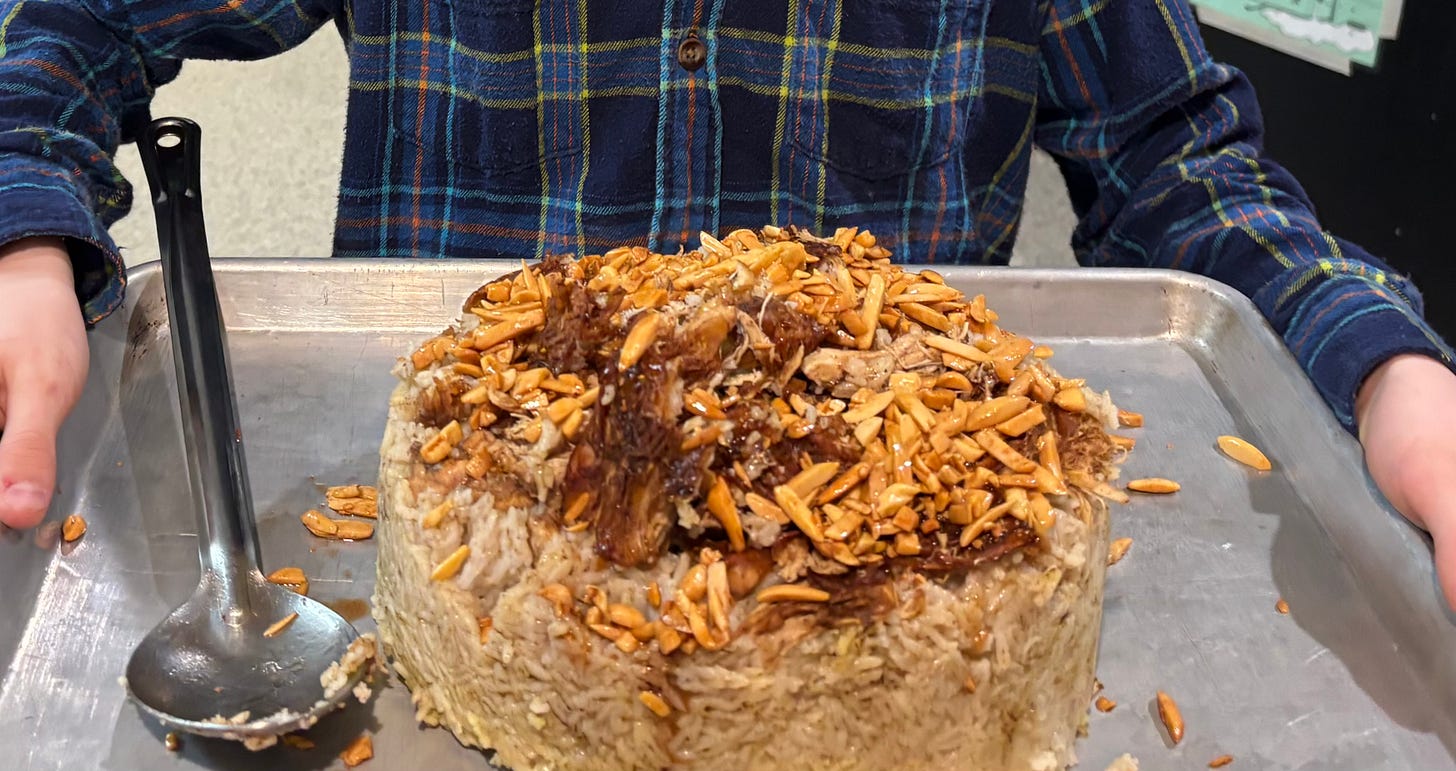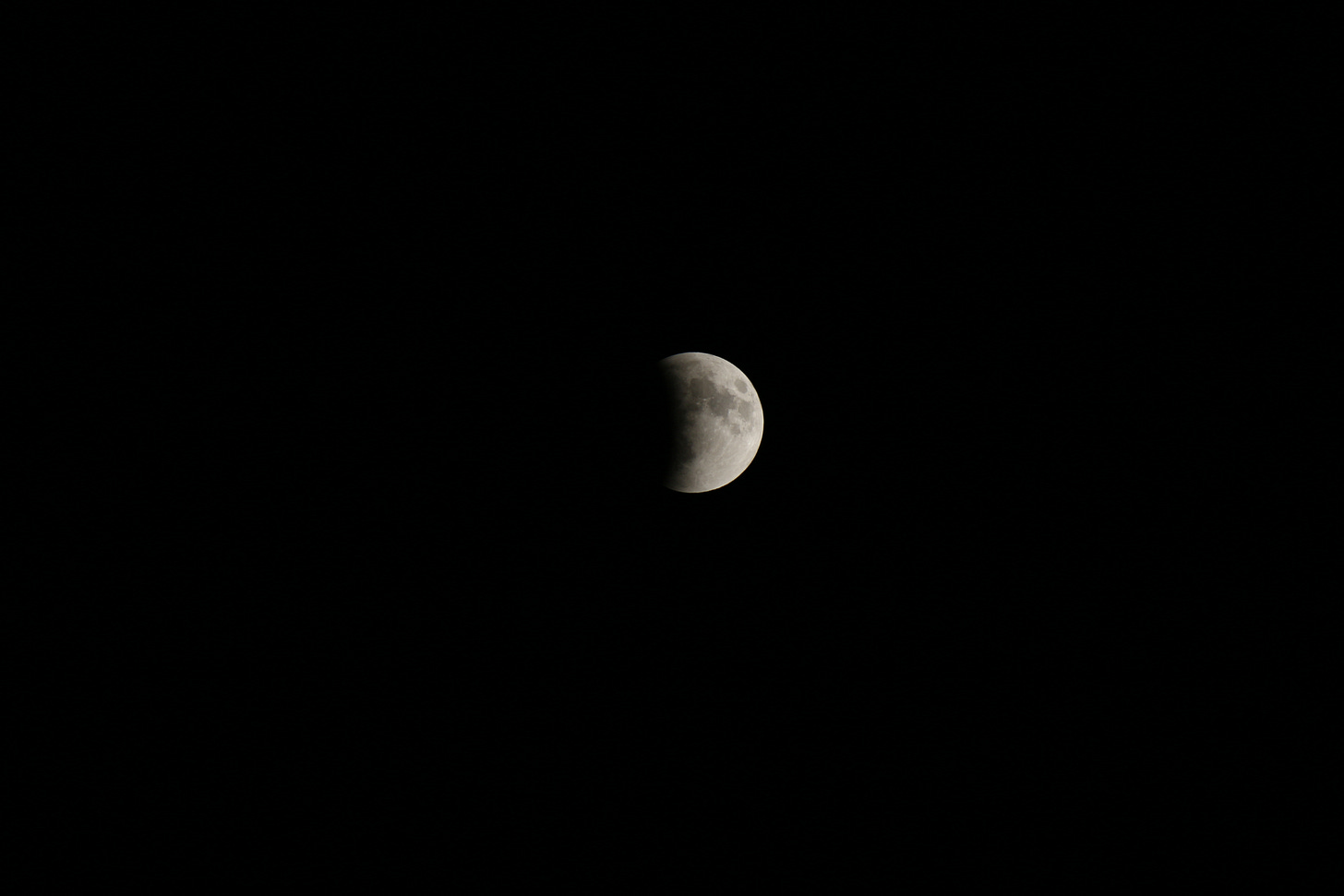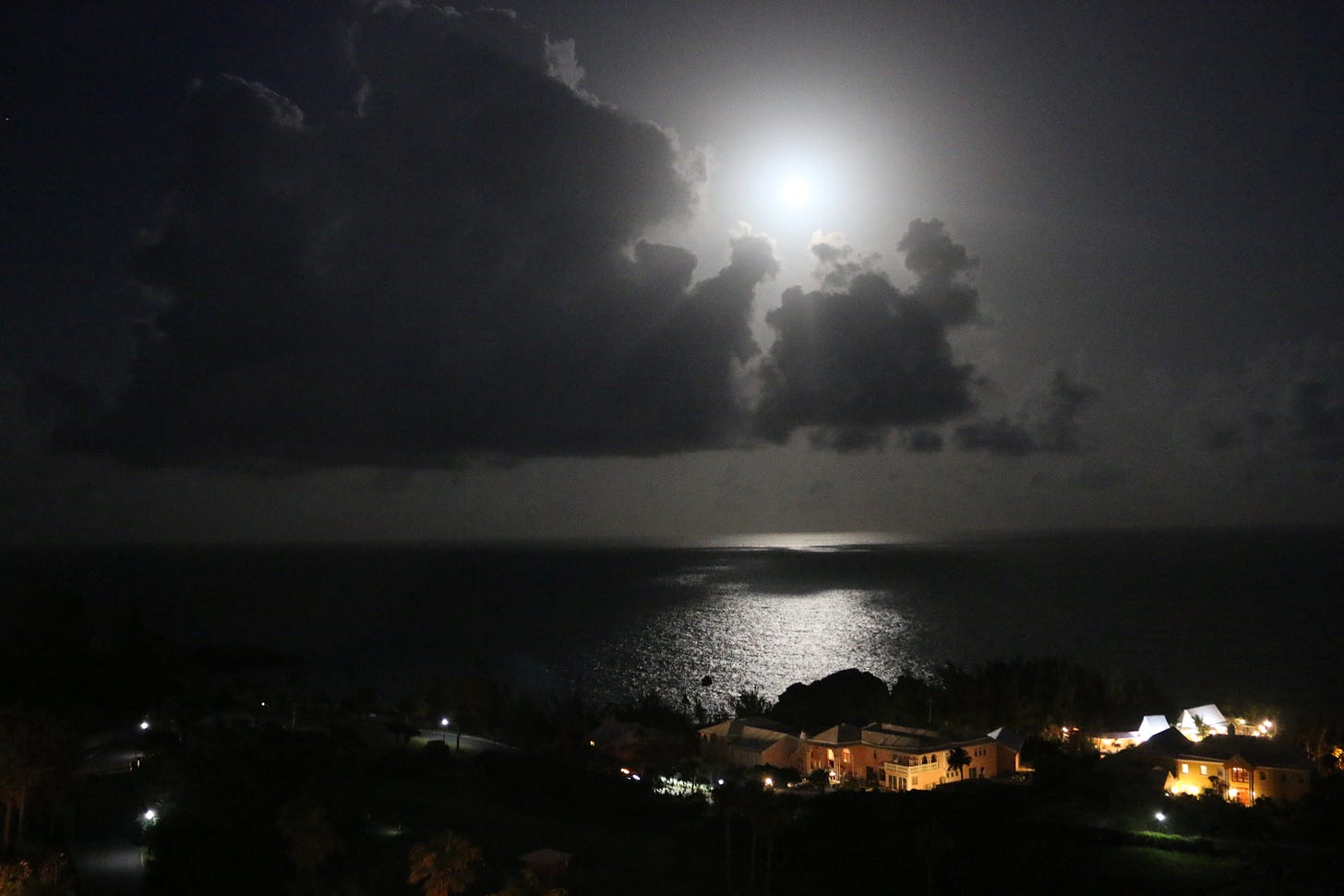Welcome to another edition of Willoughby Hills!
This newsletter explores topics like history, culture, work, urbanism, transportation, travel, agriculture, self-sufficiency, and more.
A few months ago in this newsletter, I explored the implications of our collective shift away from organized religion. I consider myself among the statistical “nones” who don’t identify with any particular religion, a group which now includes nearly one third of Americans.
While I was raised Catholic, I am not eager to jump back into any religious group. But at the same time, I appreciate the small ways that collective faith practices can bring mindfulness into our chaotic world.
Muslims around the world are in the middle of observing Ramadan, a holy month marked by fasting, introspection, and spiritual rejuvenation. Ramadan happens to overlap, both thematically and temporally, with the Christian season of Lent this year, although that’s not always the case.
While my wife was raised Muslim, she too is now a religious “none,” so there’s no deep spiritual tradition rooted in our immediate family. Still, Ramadan is observed by many of her close family, even if it’s not quite top of mind for us.
This year, though, Ramadan has been front and center for a number of reasons, and that has caused me to slow down and observe the world around me a little more.
We began Ramadan celebrating on a camping trip with my daughter’s class. A parent who was born in Lebanon made a delicious Lebanese feast for all of us, the kind she would have cooked for her extended family. It reminded me of a Mardi Gras feast before the more solemn Ash Wednesday and the start of Lent. We ate makloube, kafta, lentil soup, baba ghanouch, and homemade yogurt. Many of these foods were new and unfamiliar, all of them were delicious!
Similarly, the end of Ramadan, celebrated with Eid al-Fitr, will be taking place when we will be visiting Pakistan for a family wedding in a few weeks. Even though we are not fasting this month or otherwise recognizing Ramadan in a traditional way, we somehow still ended up with two significant bookends to mark the time.
I was speaking with my mother-in-law about this, and she was telling me about how the sight of the new crescent moon, when the moon is first visible as a sliver, always marks the beginning of Ramadan. After she told me this, I happened to be out walking our dog around twilight and noticed the distinctive crescent overhead. The moon was in the Western sky, rising over the back of our house.
I had never given much thought to the cycles of the moon before, perhaps beyond making some comment like “must be a full moon” back in my retail days when particularly odd customers seemed to all come in on the same evening. But suddenly, I was conscious of not just the new crescent moon itself, but its significance for the start of the Muslim holy month.
As I looked up into the Western sky, I realized how familiar that crescent shape was. I had seen it on Muslim jewelry before. It’s also on the flag of several Muslim majority nations including Turkey, Pakistan, Malaysia, Libya, and Algeria.
After that first night contemplating the crescent moon, I began to pay more attention. Each night, the moon seemed to grow a little bit more. I have understood this concept intellectually for a long time, but have never really taken the time to deeply observe the moon as it changed, night after night.
I walk my dog at the same time every evening (plus or minus maybe 20 minutes), so being able to watch the moon shift a little more each day has been fascinating. Not only does the shape of the moon change, but it seems like its position is also moving. By the time the full moon arrived last week, it had moved from behind my house in the Western sky to over my neighbor’s house in the East.
I know that the changes in the moon are really just a change in how the Earth’s shadow is appearing relative to the sun, but beyond that, I still don’t fully understand the moon cycles. My time spent deeply observing the moon is limited, however I am fortunate that others have come before me who did study and track its patterns.
I recently read the fascinating book How to Read Water: Clues and Patterns from Puddles to the Sea by Tristan Gooley. It’s a deep dive in to the knowledge that was once innate in humans but which has been lost over time in many industrialized nations: everything from understanding the ripples in ponds to tracking animals in mud to navigating by the stars.
Of course, the moon features prominently in a book about water, as much of the discussion about tides, waves, and currents center on our orbiting satellite. Gooley breaks down how the moon and sun interact with our home planet in simple ways I hadn’t ever considered:
The moon rises fifty minutes later each day on average, because it orbits Earth slowly from west to east and so slips back a little relative to the sun. Put another way, if you were to watch the moon and sun pass over a church steeple and you started a stopwatch, it would take twenty-four hours for the sun to pass the steeple again, but twenty-four hours and fifty minutes, on average, before the moon passed over that steeple again. The moon has a cycle that lasts 29.5 days, which is the time it takes to get back to the same place relative to the sun.
These two periods dictate two of the main tidal rhythms: high tides arriving fifty minutes later each day on average and the full cycle lasting approximately one month. (If it helps, think of the sun and moon starting a race together at the time we call a new moon. But the sun is always faster and edges ahead 12 degrees or one-thirtieth of the circle every twenty-four hours, until it laps the moon after a month and the cycle starts again.)
Interestingly, Ramadan is not a seasonal holiday in the way that Christmas is always in the winter or Easter is in the spring. This is because the Islamic calendar is lunar, while the calendar we observe in the U.S. is solar. According to the Islamic Networks Group:
“Ramadan is the 9th month of the Islamic calendar, which is based on a 12-month lunar year of approximately 354 days. Because the lunar year is 11 days shorter than the solar year, each lunar month moves 11 days earlier each year. It takes 33 solar years for the lunar months to complete a full cycle and return to the same season.”
At the end of this current month’s moon cycle, we will be on our trip to Pakistan, so watching the moon grow over the last few weeks to full and then begin to shrink again has served as a countdown to our departure.
This Ramadan has made me realize that I don’t look at the moon nearly enough, nor do I pay enough attention to the little details in the natural world. It’s much easier to mark time with a watch, a calendar, or increasingly a smartphone, but there’s a simple beauty to being able to read the moon, the sun, and the stars like people around the world did until very recently.
Our faith practices, while often seeming to originate in mysticism or other supernatural ideas, are often firmly rooted on this planet and guided by nature. Even without my own organized spirituality, I can recognize the importance of that symbiosis.
Wherever you are in the world, whatever your faith tradition or lack thereof, take a moment to look up. Observe. Breathe. And be one with this beautiful, complex universe.
Thanks for reading Willoughby Hills! Subscribe for free to receive new posts and support my work.
Related Reading
If you’ve missed past issues of this newsletter, they are available to read here.







